Premium Only Content
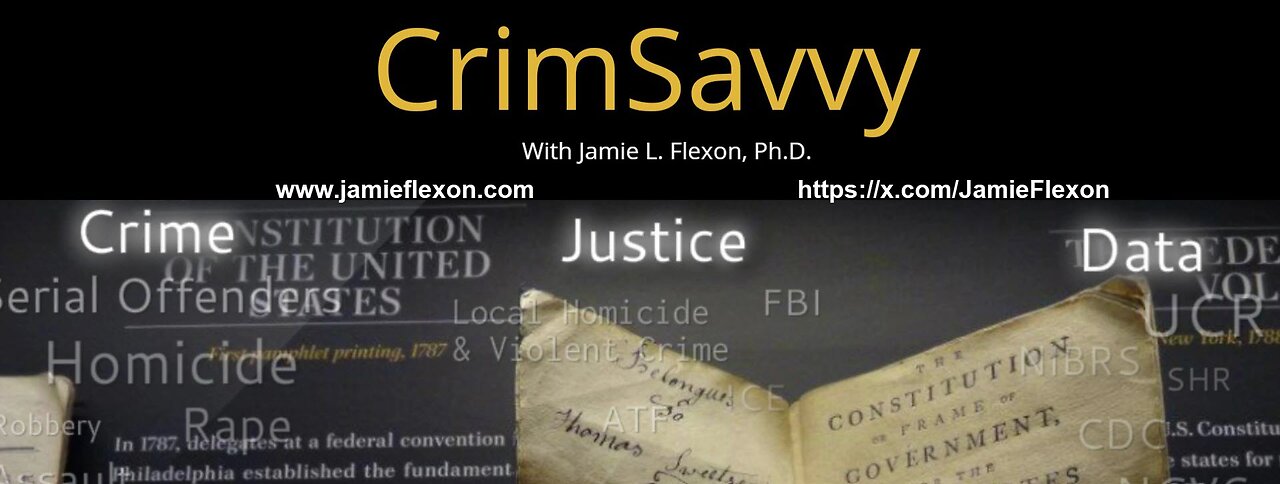
CrimSavvy: Birds of a Feather: Why Delinquent Friends Matter in Crime
Who you hang out with matters — a lot. In this video, we explore how peer influence shapes delinquency, why criminologists must control for delinquent peers in their models, and what major theories say about the mechanisms behind “birds of a feather” behavior.
Foundational Theories of Peer Influence
Differential Association Theory
Sutherland, E. H. (1947). Principles of criminology (4th ed.). J. B. Lippincott.
Sutherland, E. H., Cressey, D. R., & Luckenbill, D. F. (1992). Principles of criminology. Altamira Press.
• Explains how criminal behavior is learned through interaction with others.
Social Learning Theory
Akers, R. L. (1998). Social learning and social structure: A general theory of crime and deviance. Northeastern University Press.
Akers, R. (2017). Social learning and social structure: A general theory of crime and deviance. Routledge.
• Expands on Sutherland’s ideas by incorporating reinforcement, modeling, and definitions.
Social Bond (Control) Theory
Hirschi, T. (1969). Causes of delinquency. University of California Press.
• Argues that strong social bonds reduce the likelihood of deviance.
Group Contagion / Network Models
Haynie, D. L. (2001). Delinquent peers revisited: Does network structure matter? American Journal of Sociology, 106(4), 1013–1057. https://doi.org/10.1086/320298
• Demonstrates how peer network structures influence delinquent behavior.
Labeling and Identity Theories
Matsueda, R. L. (1992). Reflected appraisals, parental labeling, and delinquency: Specifying a symbolic interactionist theory. American Journal of Sociology, 97(6), 1577–1611. https://doi.org/10.1086/229940
• Shows how peer and parental labeling shape identity and behavior.
Empirical Findings on Peer Influence (& Model Misspecification)
Importance of Controlling for Delinquent Peers
Gottfredson, M. R., & Hirschi, T. (1990). A general theory of crime. Stanford University Press.
• Notes how failure to control for peer effects risks confounding causal explanations of delinquency.
Warr, M. (2002). Companions in crime: The social aspects of criminal conduct. Cambridge University Press.
• Provides detailed empirical evidence on how peers influence offending, including selection vs. socialization.
Thornberry, T. P., Lizotte, A. J., Krohn, M. D., Farnworth, M., & Jang, S. J. (1994). Delinquent peers, beliefs, and delinquent behavior: A longitudinal test of interactional theory. Criminology, 32(1), 47–83. https://doi.org/10.1111/j.1745-9125.1994.tb01146.x
• Shows the reciprocal relationship between delinquent peers and behavior over time.
-
 1:31:56
1:31:56
Michael Franzese
20 hours agoWill NBA do anything about their Gambling Problems?
127K26 -
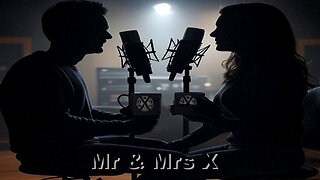 57:26
57:26
X22 Report
9 hours agoMr & Mrs X - The Food Industry Is Trying To Pull A Fast One On RFK Jr (MAHA), This Will Fail - EP 14
99.5K66 -
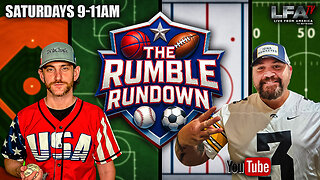 2:01:08
2:01:08
LFA TV
1 day agoTHE RUMBLE RUNDOWN LIVE @9AM EST
157K15 -
 1:28:14
1:28:14
On Call with Dr. Mary Talley Bowden
8 hours agoI came for my wife.
33.2K34 -
 1:06:36
1:06:36
Wendy Bell Radio
13 hours agoPet Talk With The Pet Doc
75K36 -
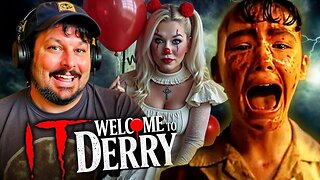 30:58
30:58
SouthernbelleReacts
3 days ago $9.39 earnedWe Didn’t Expect That Ending… ‘Welcome to Derry’ S1 E1 Reaction
50.8K12 -
 13:51
13:51
True Crime | Unsolved Cases | Mysterious Stories
5 days ago $20.84 earned7 Real Life Heroes Caught on Camera (Remastered Audio)
65K17 -
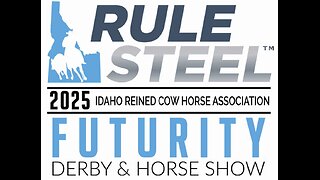 LIVE
LIVE
Total Horse Channel
19 hours ago2025 IRCHA Derby & Horse Show - November 1st
68 watching -
 4:19
4:19
PistonPop-TV
6 days ago $8.35 earnedThe 4E-FTE: Toyota’s Smallest Turbo Monster
48.6K3 -
 43:07
43:07
WanderingWithWine
6 days ago $5.47 earned5 Dreamy Italian Houses You Can Own Now! Homes for Sale in Italy
35.7K9